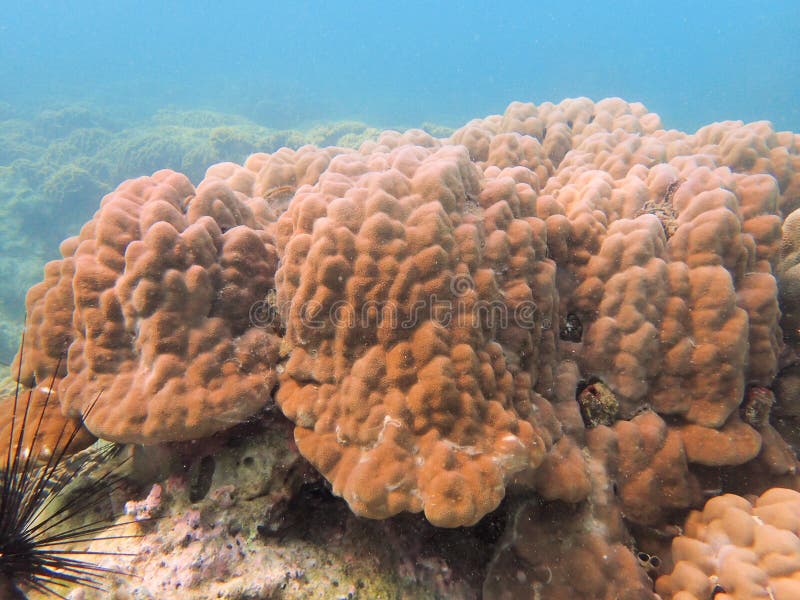

The majority of these islands are volcanic in origin. Coral reefs are found in the deep sea away from continental shelves, around oceanic islands and atolls.

Reefs that rose too slowly could become drowned, without sufficient light. As communities established themselves, the reefs grew upwards, pacing rising sea levels. Most coral reefs are less than 10,000 years old. Most coral reefs were formed after the Last Glacial Period when melting ice caused sea level to rise and flood continental shelves. 13.5.1 Invasive algae in Caribbean reefs.The annual global economic value of coral reefs has been estimated at anywhere from US$30–375 billion (19 estimates) to US$2.7 trillion (a 2020 estimate) to US$9.9 trillion (a 2014 estimate). Ĭoral reefs deliver ecosystem services for tourism, fisheries and shoreline protection. They are under threat from excess nutrients (nitrogen and phosphorus), rising ocean heat content and acidification, overfishing (e.g., from blast fishing, cyanide fishing, spearfishing on scuba), sunscreen use, and harmful land-use practices, including runoff and seeps (e.g., from injection wells and cesspools). They are most commonly found at shallow depths in tropical waters, but deep water and cold water coral reefs exist on smaller scales in other areas.Ĭoral reefs have declined by 50% since 1950, partly because they are sensitive to water conditions.

Coral reefs flourish in ocean waters that provide few nutrients. They occupy less than 0.1% of the world's ocean area, about half the area of France, yet they provide a home for at least 25% of all marine species, including fish, mollusks, worms, crustaceans, echinoderms, sponges, tunicates and other cnidarians. Sometimes called rainforests of the sea, shallow coral reefs form some of Earth's most diverse ecosystems. Coral reefs first appeared 485 million years ago, at the dawn of the Early Ordovician, displacing the microbial and sponge reefs of the Cambrian. Most reefs grow best in warm, shallow, clear, sunny and agitated water. Unlike sea anemones, corals secrete hard carbonate exoskeletons that support and protect the coral. Most coral reefs are built from stony corals, whose polyps cluster in groups.Ĭoral belongs to the class Anthozoa in the animal phylum Cnidaria, which includes sea anemones and jellyfish. Reefs are formed of colonies of coral polyps held together by calcium carbonate. A coral reef is an underwater ecosystem characterized by reef-building corals.


 0 kommentar(er)
0 kommentar(er)
